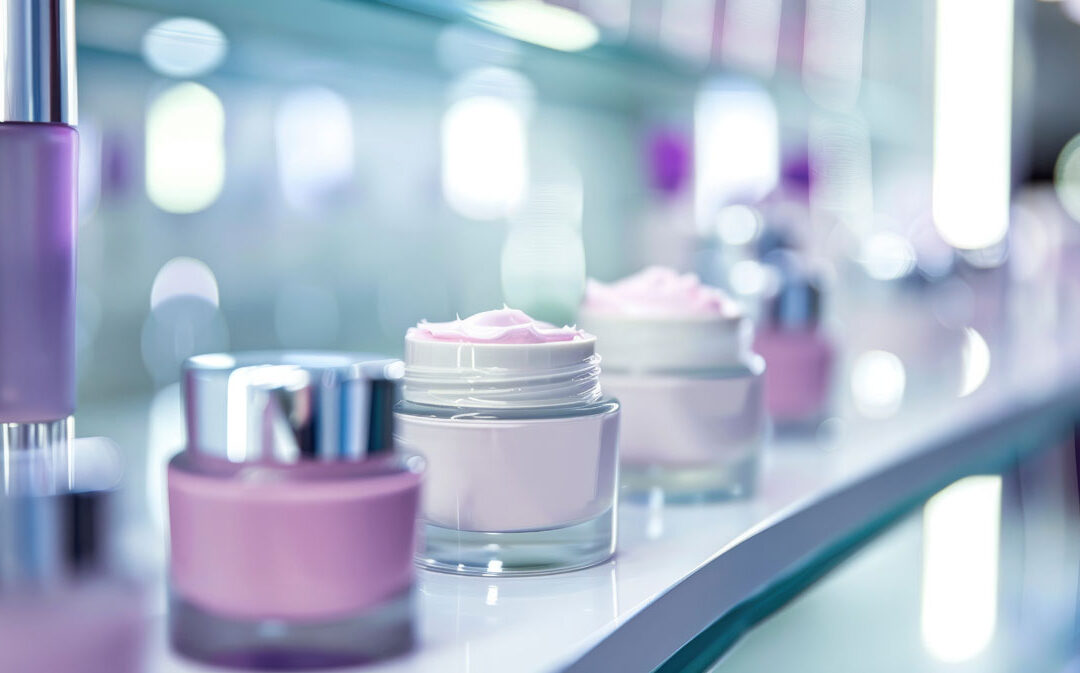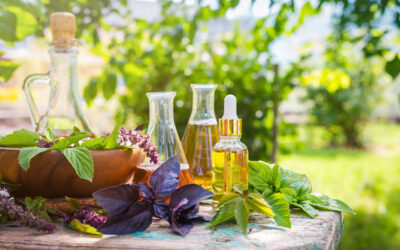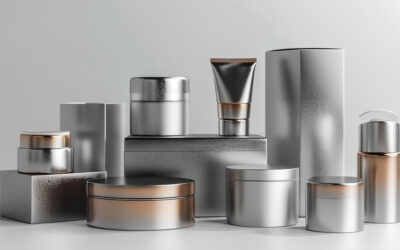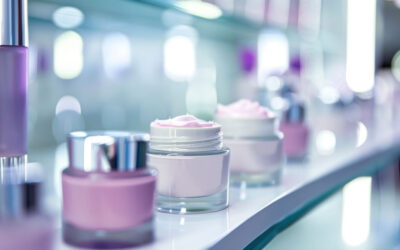If you are working on the development of a beauty brand that includes makeup and cosmetics, staying up-to-date on certain trends is crucial for business success. Similar to fashion, entertainment, and even technology, beauty moves to the beat of pop culture, consumer behavior, and demand for innovation. In other words, the cosmetics industry follows active trends; however, there are situations in which manufacturers play a hand in terms of adjusting to market trends.
Trend-driven markets don’t take their cues solely from consumer interest. At the premier laboratories dedicated to the formulation and production of cosmetics, there are entire departments focused on research and development projects, often reacting to market trends or creating new ones along the way. With this in mind, let’s review some of the trends that have been emerging in the field of cosmetics manufacturing.
Small-Batch Production and Flexible Ordering
This trend emerged before the COVID-19 pandemic, just before the e-commerce explosion prompted by lockdown restrictions, and it has been a “game-changer” for startups and entrepreneurs. Small-batch manufacturing is a service different from old industry standards that called for strict product minimums when placing orders. This practice caused many startups and entrepreneurs to struggle as they tried to launch new beauty and cosmetics brands; fortunately, more laboratories are now offering small-batch production packages.
This shift towards the fulfillment of smaller batches reflects modern consumer preferences for customization, niche ingredients, and a sense of supporting smaller businesses operated by social media influencers who focus on beauty. The trend also reflects the improvement, advancement, and optimization that certain labs have achieved; this explains how they can take on small-batch production orders while staying profitable. For the most part, modern labs that offer private and white label services are also able to handle small-batch orders.
More Natural Ingredients and Safer Raw Materials
Here we have a trend that has been brewing for decades, and it has reached that peak interest level that is often reached before it becomes a paradigm or new beauty standard. Consumers are taking the lead in this regard; they are increasingly seeking cosmetics formulated with natural ingredients because of a perception of greater safety and gentleness on the skin. What fuels this trend is the growing body of online information about harsh chemicals and potential allergens, thus leading to a preference for natural alternatives.
There’s also the Clean Beauty movement among makeup enthusiasts aware of the skin sensitivities and allergies many people develop over long-term use of cosmetics. This movement emphasizes the application of cosmetics with natural ingredients that are less irritating, particularly for people who live with eczema, rosacea, and other skin conditions. Manufacturers contribute to the Clean Beauty trend with biocompatible ingredients and raw materials that do not interfere with the natural chemistry of the skin. In some cases, the raw materials are the same that industrial labs have used for decades, but they are handled with green chemistry techniques that allow for safer extraction and purification.
Sustainable Manufacturing and Packaging
This is a global trend that aims to reduce the carbon footprint of industrial operations and consumer practices. Sustainability is a valid and pressing concern for many consumers; it is a trend that often guides purchasing decisions across all industries, including cosmetics. As for laboratories, sustainable practices are sometimes a matter of regulatory compliance; in many cases, however, cosmetics manufacturers make sustainability part of their corporate mission because their clients insist upon it.
In the past, the beauty industry was notorious for generating a significant amount of packaging waste, especially plastics. Modern consumers appreciate brands that utilize recyclable, biodegradable, or smart packaging solutions. All the same, they look for products made with ingredients and raw materials that are not derived from unsustainable practices; an example would be consumers who avoid products made with palm oil because of the extensive deforestation associated with it. Many labs have adjusted and optimized their production processes to minimize energy consumption and water usage; moreover, there’s a growing interest in carbon offset programs that mitigate the environmental impact of cosmetics production.
Private and White Label Cosmetics
Similar to small-batch production, this trend requires laboratories to be more dynamic and flexible in a marketplace that has vaulted over the makeup counter and landed on social networks. If you are wondering how Instagram beauty influencers can launch personal brands and start taking cosmetics orders in just a few weeks, you should contact laboratories that offer production services such as contract manufacturing, white label, private label, and smaller batches.
With contract manufacturing, beauty entrepreneurs can work with laboratories to formulate products on spec; you can choose from existing formulas or propose a custom one. With a white label strategy, the cosmetics come in generic packaging, thus allowing you to design and apply custom branding elements. Private label is a business model that upgrades from the white label approach with custom packaging that reflects your brand.






